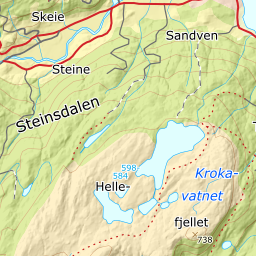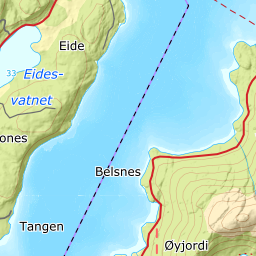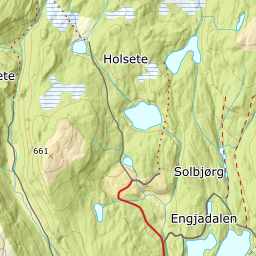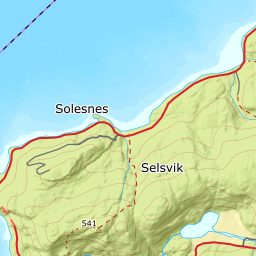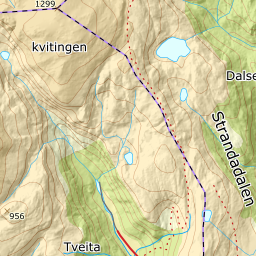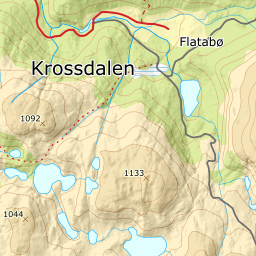The sash-saw in Stekka is one of the few sash-saws left of the one-bladed type. The sawmill was built in 1823, but there have been sawmills in Tørvikbygd long before this time. In the tax register for 1603 these sawmills are mentioned: Drage sawmill, which has cut 150 boards and planks, and Augastad sawmill, which “is lying abandoned”. The Augastad sawmill was probably situated by the same waterfall as the present sawmill in Grindfossen, a 20 minutes’ walk up into the outlying fields from Augastad. After this sawmill was taken out of operation in the 1950s, it is only the sash-saw at Stekka, belonging to the two holdings at Berge, which has been maintained.
When the sash-saws came into use in the 1500s, they revolutionised the medieval way of cutting boards and planks of the timber logs. Formerly each log was split and could thus only provide two planks; “tiler” (slabs). With the new saws several planks could be cut from one log. From old times, Tørvikbygd has been rich in pine and oak forest, it is therefore to be expected that the saws have been in use there for a long time.






